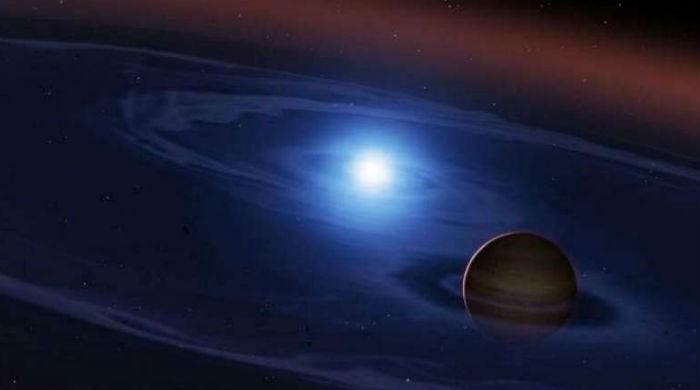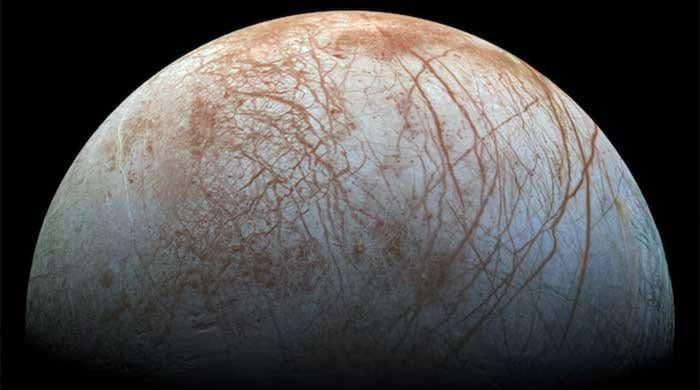Astronomers discover potentially habitable planet
Astronomers find three intriguing planets around a star just 35 light-years distant that resemble those found in our own Solar System
August 06, 2021

- Astronomers discover another solar system, three planets found.
- Two planets in the planetary system resemble Earth and Venus.
- Astronomers will use the radial velocity method to find out what the planets are made of.
Astronomers have discovered a planetary system similar to ours just 35 light-years distant with a potentially habitable planet, reported Forbes on Thursday.
The planetary system includes a star and three planets. The three planets include an ocean world, a planet with half the mass of Venus and a potentially habitable planet in the star’s habitable zone.
'System Solar System 2.0?'
Astronomer María Rosa Zapatero Osorio, at the centre of Astrobiology in Madrid, Spain has stated: “The planet in the habitable zone may have an atmosphere that could protect and support life.”
María is one of the authors of the study published on Thursday in Astronomy & Astrophysics.
According to the researchers, the findings around the star — dubbed as L 98-59 — could be a sign of things to come for modern astronomy.
The star hosts rocky planets like Earth and Venus, which are close enough to the star to be warm.
Olivier Demangen, a researcher at the Space Science Institute, University of Porto, Portugal, said that astronomers have been chasing terrestrial planets since astronomy was first created. He added that now astronomers have finally gotten close to the detection of a terrestrial planet in the habitable zone of a star.
For L 98-59, researchers have been using the exoplanet-hunting ESPRESSO instrument on the European Southern Observatory’s (ESO) Very Large Telescope (ESO’s VLT) in Chile.
What do we know about the Star L 98-59 so far?
The following has been uncovered by researchers:
- Three previously known planets might contain water in their interiors or atmospheres.
- The closest planet to the star — dubbed L 98-59a — has half the mass of Venus.
- The two closest planets to the star (L 98-59a and L 98-59b) might have water.
- It is estimated that 30% of L 98-59c’s mass could be water — the third planet has been dubbed as the ocean world.
- There is also a fourth planet L 98-59d.
- There are suspicions of another fifth planet — L 98-59d — where liquid water might exist.
What lies ahead?
Astronomers intend to study the atmosphere of the planet to determine biosignatures such as oxygen and methane. Determination of the biosignatures can point towards scientific evidence for the presence of past or current life, however, current telescopes lack the power to study atmospheres.
In future, it is expected that astronomers might be able to discover more using the Extremely Large Telescope (ELT) when it becomes operational in 2027.
Among all the findings, the most important one is figuring out the mass of the planet closest to the star to help understand what the planet is made of. Astronomers hope to calculate this using the radial velocity method.
The minimum things required for the radial velocity method are the planet’s mass and radius.
It is said that the L 98-59 will be studied by the James Webb Space Telescope (JWST), to be launched in October this year.
The $9.7 billion telescope weighs 6 tonnes, has a primary mirror with a diameter of 21 feet/6.5 metres, and is made up of 18 gold-plated beryllium hexagonal mirror segments.
The telescope will have a vastly improved infrared resolution and sensitivity compared to Hubble — and a much higher resolution than any ground-based telescope.









